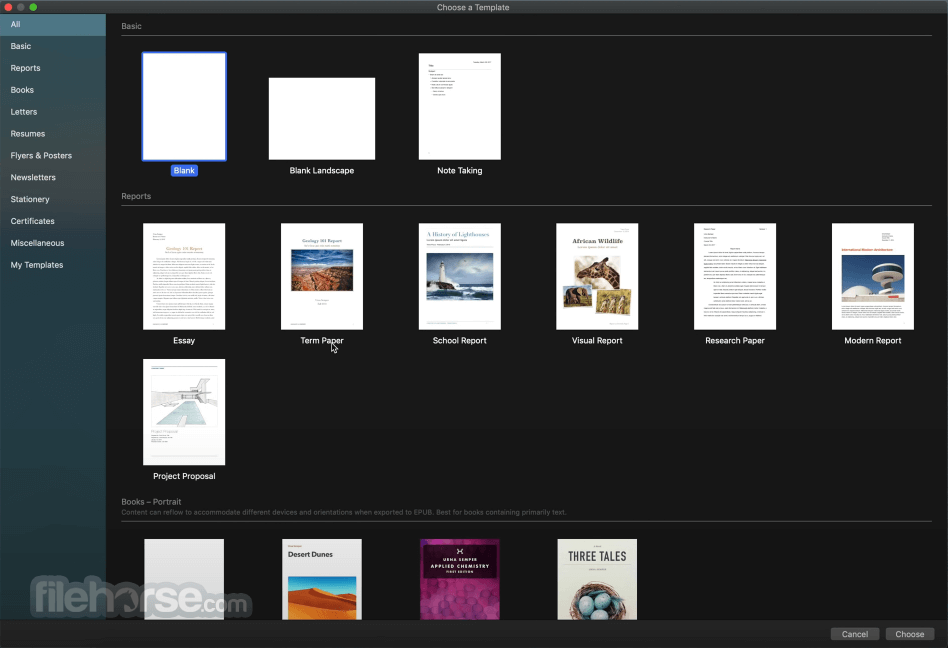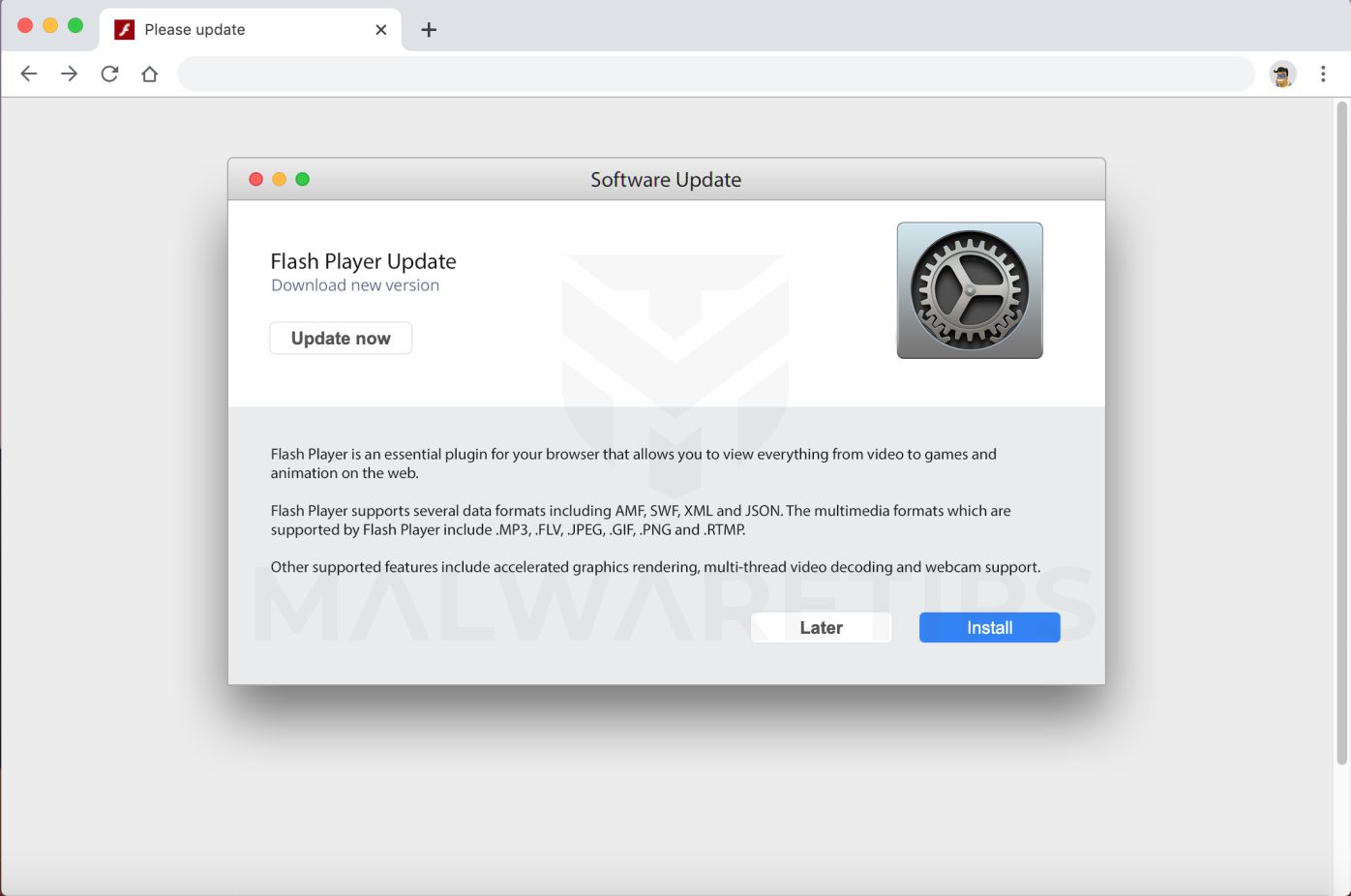

- OLD VERSION OF PAGES FOR MAC FOR MAC
- OLD VERSION OF PAGES FOR MAC MAC OS X
- OLD VERSION OF PAGES FOR MAC INSTALL
- OLD VERSION OF PAGES FOR MAC UPDATE
- OLD VERSION OF PAGES FOR MAC REGISTRATION
Use the latest version of another browser. For more information, see the article Switch to Firefox Extended Support Release (ESR) for personal use. Or use a blank document and create your own design. Start with an Apple-designed template to instantly create gorgeous reports, digital books, resumes, posters and more.
OLD VERSION OF PAGES FOR MAC FOR MAC
Firefox ESR does not come with the latest features but it does have the latest security and stability fixes. Licence: Free What does Pages do Create gorgeous documents in minutes with the Pages for Mac word processor.

Note: Clip Studio version 1.6.0 or earlier can be used to start up Clip Studio Paint, but the functions required for login are not available.
OLD VERSION OF PAGES FOR MAC MAC OS X
Firefox Extended Support Release (ESR) is an official version of Firefox developed for large organizations, such as universities and businesses, but it can also be used for personal computers. Note: This version is prior to the end of the warranty for Windows XP and Mac OS X 10.6.
OLD VERSION OF PAGES FOR MAC INSTALL
Install Firefox Extended Support Release.
OLD VERSION OF PAGES FOR MAC UPDATE
Instead of downgrading to an older, insecure version of Firefox and changing your update settings, you should consider these alternatives: In the General panel, go to the Firefox Updates section. Click the menu button and select Settings. Click the menu button and select Options Preferences. In the Menu bar at the top of the screen, click Firefox and select Preferences. To prevent Firefox from automatically updating itself after you install an older version, you'll need to change your Firefox update settings: If you have access to another Mac running a version of MacOS currently supported by the App Store (As of Jan 2020, that would be 10.14 (Mojave) or 10.15), you could associate your AppleID with an account on that Mac, download (and thus register) the Applications you want to install on your older Mac there, and then use the Purchased tab on the older Mac to reinstall older versions of those apps on the older Mac.Important: By default, Firefox is set for automatic updates. (Version numbers applying to High Sierra as of January 2020) You now have Pages (v8.1), Numbers (v6.1) and Keynote (v9.1) directly in your Applications folder. Upon selecting install, you will be prompted if you want to install the last supported version for your OS release. The applications are listed at the top of the purchased list. So let's loose them: delete the iWork09 folder from Applications (or move it to the Thrash).

The store asks for purchase confirmation and your password (if required by your settings). Selecting one of those apps will take you to the app's page.
OLD VERSION OF PAGES FOR MAC REGISTRATION
If you lack these (either because you deleted them or never had them installed first hand) and never registered the purchase with your Apple ID, you need to work your way up through the missing years of upgrading, including the registration with your Apple ID to be offered an installation on any system that's older than the currently shipped Mojave: You need to have an old version of Pages, Keynote and Numbers installed in your Applications folder to be able to update them.


 0 kommentar(er)
0 kommentar(er)
